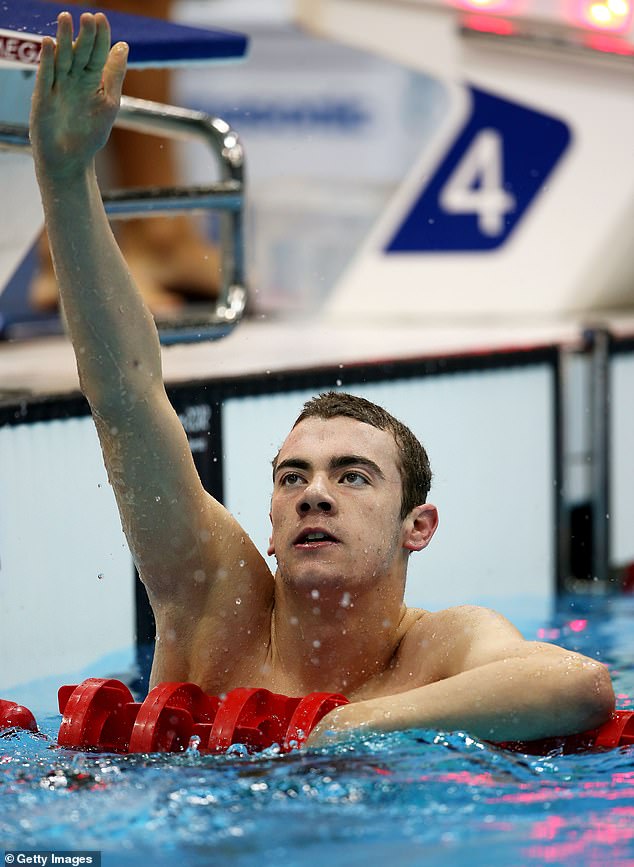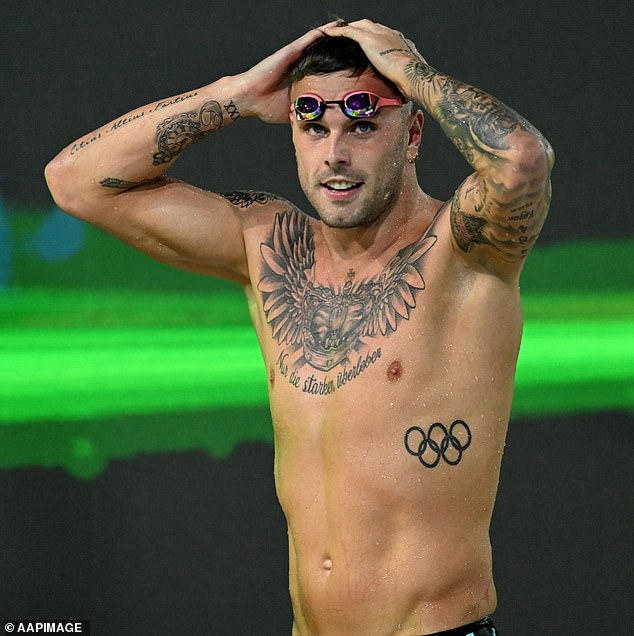Why showing off this simple tattoo will get Paralympians BANNED from competing at the Games
- Due to the rules of the International Paralympic Committee (IPC)
- IPC operates independently of the International Olympic Committee (IOC)
- The Paralympic Games in Paris will be held from August 29 to September 8
With the Paralympic Games in Paris set to begin on August 29, Australian athletes are busy preparing. Don’t expect any stars to be sporting tattoos of the Olympic rings, though, as they’ll be disqualified.
This bizarre rule is enforced by the International Paralympic Committee (IPC), which operates as a completely independent organization from the International Olympic Committee (IOC).
British swimmer Josef Craig learned the rules the hard way in the run-up to the 2016 Rio Paralympic Games.
Craig competed at the International Paralympic Committee European Swimming Championships in Portugal but was disqualified despite winning his heat in the 100m freestyle final (S8).
When Craig was 19, he entered the pool with his Olympic rings tattoo clearly visible beneath his Team Great Britain lion head on the left side of his chest.
The IPC explained at the time why they had disqualified Craig.
“Body advertising is not permitted in any form, including on the Olympic rings. The athlete was not wearing a full face covering and was therefore disqualified,” an IPC spokesman said in a statement.
British swimmer Josef Craig was disqualified from the European Championships S8 100m freestyle final for failing to cover his tattoo of the Olympic rings (pictured) during the competition.

Josef Craig put the controversy aside to later win a bronze medal at the Rio Paralympic Games

The International Olympic Committee is allowing athletes like Australian star Kyle Chalmers to compete while showing off their Olympic ink (pictured)
‘All teams are informed of the advertising policy during a technical meeting prior to the match, so it is not as if they have not been reminded of the rules.’
Craig – with his body tattoos covered – won a bronze medal in the 100m freestyle S8 final in Rio.
Despite the controversy, it appears the IPC’s rule regarding the non-display of tattoos – including the Olympic rings – will remain in place in Paris.
In contrast, Australian freestyle king Kyle Chalmers was able to jump off the starting blocks earlier this month with a clearly visible tattoo of the Olympic rings, as the IOC has its own rules when it comes to athletes.
Tattoos, including those of the Olympic rings, are allowed unless they are advertising a product.
Ny Breaking Australia has asked Paralympics Australia for comment on the matter.
